|
MONTESSORI CORAL REEF FIELD GUIDE INDEX
and
INTRODUCTION
Arthropods (PHYLUM)
Crustaceans (SUBPHYLUM)
|
|
Eumalacostraca (CLASS): Crabs, Shrimps, and Lobster
-- Decopods
|
|
 |
| Habitat:
Among rocks, in tidepools, bays and estuaries, and on open rocky shores;
from low-tide line to water 260' (79 m) deep. Size:
6
1/4" (16 cm) wide, 4 1/4" (108 mm) long. Fan-shaped. Upper side brick-red
Food: carnivore:
barnacles, bivalves, smaller living crabs and dead fishes.
Interesting Fact: Range from Alaska to
Southern California.
|
|
| Red Rock Crab |
Other Sites: |
|
 |
| Habitat:
Exposed reef, sand, 0 - 820 m depth. Western Australia to North South
Wales and around Tasmania. Size: Carapace width to 125 mm
Food: Small marine invertebrates.
Interesting Fact: These crabs can be recognized by their orange
color, massive size and legs. The species normally occurs in deep water but
come into shallow in huge numbers to breed and feed.
|
|
| Spider Crab |
Other Sites:
|
|
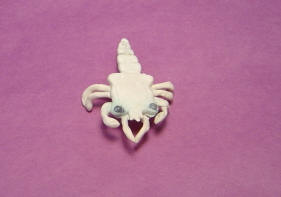 |
| Habitat: Eastern seaboard of North
America. These shrimps are carried by tides and wind driven into
estuaries. Mostly
found on shallow seafloors Size: Female: 200 mm. Large
males measure 182 mm. in length
Food: They feed on small animals and plants
Interesting Fact:
|
|
| White Shrimp
Family: Penaeidae |
Other Sites: |
|
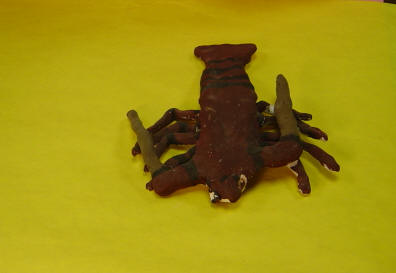 |
| Habitat: Atlantic coast from North Carolina to
Brazil. Size: maximum 24", 18 pounds
Food: Mollusks and sea cucumbers.
Interesting Fact: It has up to 4 million babies.
Hannah: Amazing Animals of the World. Danbury, CT:
Grolier, 1995.
|
|
| Northern Lobster |
Other Sites: |
|
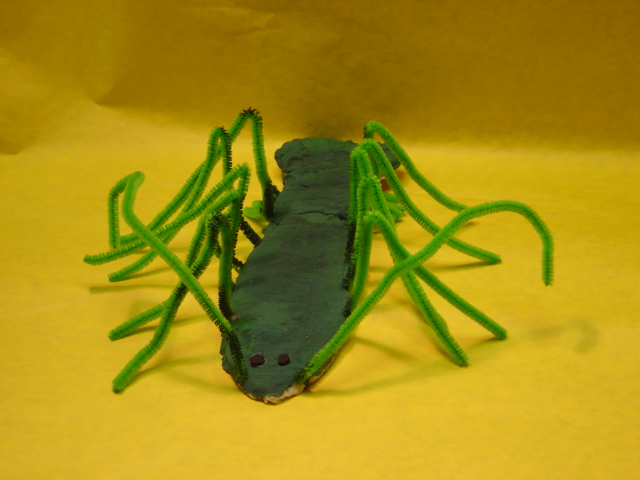 |
| Habitat:
found in caves and crevices
of rocky reefs Size:
largest spiny
lobster weighed more than 26 pounds and was 3 feet long.
Food: worms, snails and
mussels
Interesting Fact: An interesting physical characteristic that the
Spiny lobster shares with all species of lobsters is that it sheds (molts)
it shell up to 25 times in the first five years of life.
|
|
| Green Spiny Lobster |
Other Sites: |
|
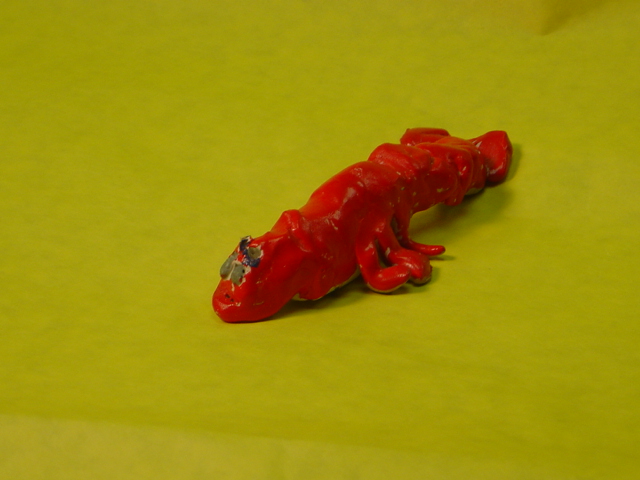 |
| Habitat: Alaska to Baja California, at depths
from 60 to 4,800 feet (18-1,463 meters) Size:
15 mm (known as the smallest lobster in the
world) but some species to 12 cm
Food: scavengers; they scoop up muddy or sandy deposits and sort
out edible bits with their mouth parts
Interesting Fact: These animals look like lobsters, but they’re
more closely related to hermit crabs. Squat lobsters’ arms can grow to be
several times their body length.
|
|
| Squat Lobster |
Other Sites: |
|
Cirripedia: CLASS -- Barnacles |
|
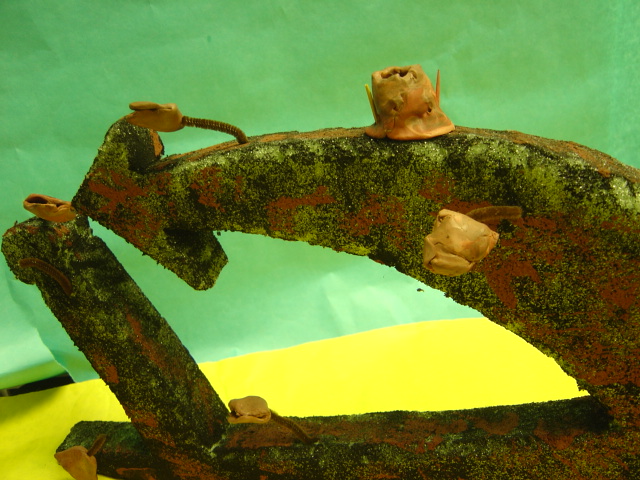 |
| Habitat: Barnacles live on hard surfaces at all
latitudes at all depths from the intertidal zone to the deep sea.
Size: Many coastal species are no larger than a few mm tall
but some deep water species are 80 mm.
Food: Plankton (filter feeders)
Interesting Fact: When barnacles are feeding you can see their
jointed legs and hard exoskeletons. |
|
| Acorn Barnacles |
Other Sites: |